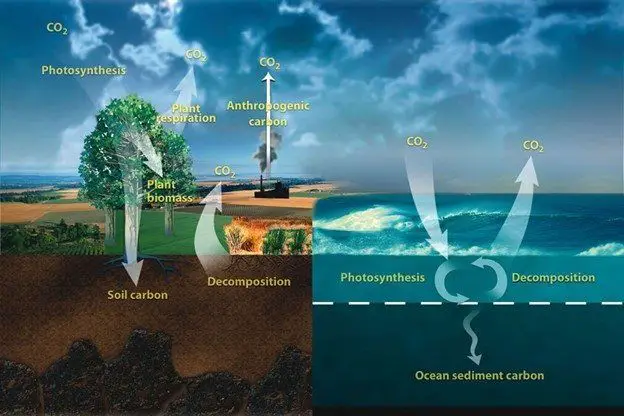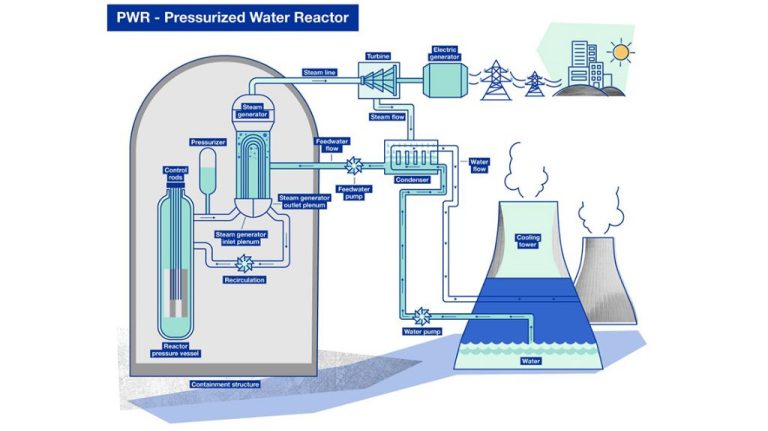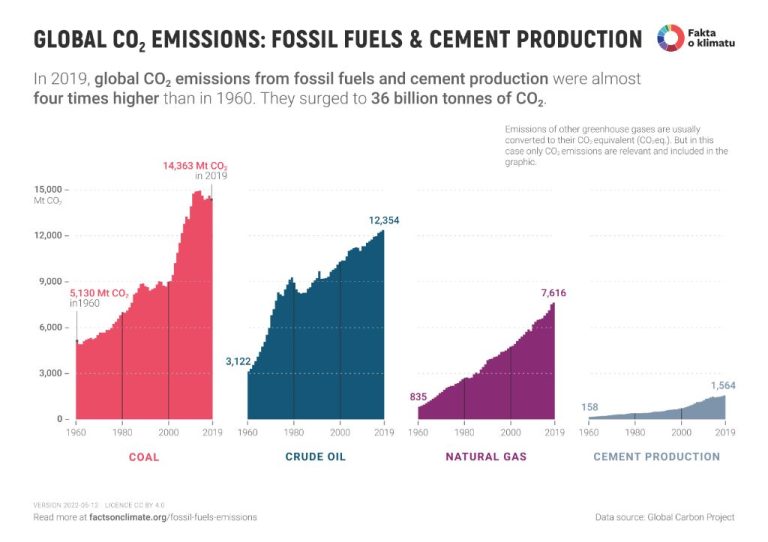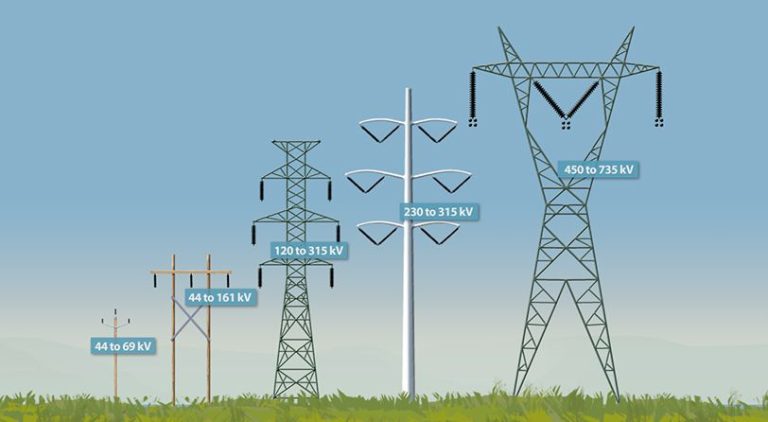What Role Does Photosynthesis Play In The Carbon Cycle?
The carbon cycle is the process by which carbon moves through the Earth’s ecosystems and geosphere. Carbon is an essential element that is necessary for life and is present in all living things. The carbon cycle describes how carbon is recycled and reused throughout the biosphere, atmosphere, oceans and geosphere.
In the carbon cycle, carbon is exchanged between the earth’s oceans, land, geological formations, and the atmosphere. The cycle is comprised of both organic and inorganic carbon. Organic carbon exists in all living things and is recycled through the biosphere via photosynthesis. Inorganic carbon is found in the atmosphere as carbon dioxide, in oceans as dissolved carbon, and in sedimentary rocks in the geosphere as deposits like limestone or fossil fuels.
The overall flow of the carbon cycle begins in the atmosphere where carbon is taken up by autotrophs like plants, algae and some bacteria during photosynthesis. These organisms convert atmospheric CO2 into organic carbon in the form of glucose for energy and growth. Carbon is then passed along the food chain as animals consume plants and smaller prey. Carbon is cycled back into the atmosphere through the respiration of plants and animals. Carbon is also emitted through natural processes like volcanic activity, forest fires and decomposition. Lastly, geological and oceanographic processes act as major carbon sinks, storing carbon for long periods of time.
Photosynthesis Overview
Photosynthesis is the process through which plants convert sunlight into chemical energy. During photosynthesis, plants take in carbon dioxide (CO2) and water (H2O) from the environment. Using the energy from sunlight, the plant converts the carbon dioxide and water into glucose (a type of sugar) and oxygen (O2). The overall chemical equation for photosynthesis is:
6CO2 + 6H2O + Sunlight –> C6H12O6 + 6O2
The glucose produced through photosynthesis provides plants with the energy they need to grow and function. Oxygen is released as a byproduct, which is critical for most living organisms who require oxygen to breathe. Thus, photosynthesis provides the basic energy source for nearly all life on Earth. It is one of the most important biochemical processes, producing food and oxygen from basic inputs like sunlight, water and carbon dioxide.
Role of Plants in Carbon Cycle
Plants play a crucial role in the carbon cycle through the process of photosynthesis. During photosynthesis, plants absorb carbon dioxide (CO2) from the atmosphere. They use the carbon from CO2, along with water and energy from sunlight, to produce glucose and release oxygen as a byproduct. The absorption of CO2 acts as a carbon “sink”, removing CO2 from the atmosphere.
Plants store the carbon from CO2 in their tissues as biomass. The majority of a plant’s biomass comes from carbon absorbed during photosynthesis. This carbon storage can be short-term or long-term. Annual plants store carbon seasonally, releasing it back into the atmosphere when they die and decompose. Trees and other perennial plants store carbon in their wood, leaves, roots and soil for decades to centuries.
Through photosynthesis, plants play a pivotal role in the carbon cycle by absorbing atmospheric CO2 and converting it into plant biomass. This biomass represents a major reservoir of carbon storage on land. Plants help regulate global climate by removing CO2 from the air.
Carbon Storage in Plants
Plants play a vital role in storing carbon as part of the global carbon cycle. Through the process of photosynthesis, plants absorb carbon dioxide from the atmosphere and convert it into carbohydrates. These carbohydrates, along with other carbon compounds, are used to build plant tissues and structures.
Plants store carbon in all parts of their bodies, including leaves, stems, roots, and wood. The total carbon stored in the world’s plants and soils is known as biomass and represents a significant carbon sink. It is estimated that plants store up to 80% of all aboveground carbon and up to 40% of all belowground carbon.

Carbon is incorporated into leaves through the process of photosynthesis. Leaves rely on carbon to produce the proteins, fats, carbohydrates, and other compounds needed for growth. Plants also store carbon in their stems and roots. Stems provide structural support and transport water and nutrients, while roots anchor the plant and absorb water and nutrients from the soil. Wood in trees and shrubs is mostly composed of carbon.
Overall, terrestrial plants and soil store massive amounts of carbon as biomass. Plants assimilate carbon dioxide through photosynthesis, converting it into organic carbon compounds for growth. When plants die and decay, some of this carbon makes its way back into the atmosphere, but a significant amount remains trapped in soils and peatlands. This biomass carbon sink helps regulate Earth’s climate.
Plant Respiration
In addition to photosynthesis, plants also undergo respiration. This process releases carbon dioxide as a byproduct. During plant respiration, plants take in oxygen and convert the stored energy from photosynthesis into compounds plants can use for energy and growth.
Although photosynthesis causes plants to take in carbon dioxide and release oxygen, plant respiration works in the opposite direction – taking in oxygen and releasing carbon dioxide. This release of carbon dioxide from plant respiration is balanced out by the carbon dioxide intake through photosynthesis.
The amount of carbon dioxide released through plant respiration is much less than the amount taken in by photosynthesis. However, plant respiration still plays an important role in the carbon cycle by releasing CO2 back into the atmosphere.
Decomposition
When plants die, the carbon stored within their tissues is released back into the environment through decomposition. Decomposer organisms like bacteria and fungi break down the complex organic molecules in dead plant matter into simpler inorganic compounds. This process converts the carbon stored in plant biomass into carbon dioxide gas which is released into the atmosphere and carbon compounds which become part of the soil.
Leaves, wood, roots and other plant parts contain a lot of carbon that was originally absorbed from the atmosphere during photosynthesis. As these plant tissues get broken down by decomposers, much of this stored carbon is freed and recycled. Up to 80-90% of plant carbon can get returned to the atmosphere this way. The speed and efficiency of decomposition determines how quickly the stored carbon is cycled back. Factors like temperature, moisture and the chemistry of plant tissues affect decomposition rates.
Ultimately the carbon in dead plant matter is either respired into CO2 by decomposers, dissolved in water flowing through soil, or becomes part of the organic matter in topsoil. Decomposition closes the loop in the biological carbon cycle, releasing carbon back into the soil and air where it can be used by living plants once again.
Ocean Carbon Sink
The ocean plays a crucial role in absorbing and storing carbon dioxide from the atmosphere. Through the process of photosynthesis, phytoplankton and other marine plants take up dissolved CO2 from seawater.
Phytoplankton are microscopic algae that float in the upper layers of the ocean. They use photosynthesis to convert dissolved CO2 and nutrients into organic carbon. When phytoplankton die or get consumed by other organisms, some of their organic carbon sinks into deeper waters. This natural process acts as an ocean carbon sink, sequestering atmospheric CO2 for centuries to millennia.
The amount of CO2 absorbed by phytoplankton is substantial. Scientists estimate that marine plants produce over 80 billion kilograms of organic carbon per year through photosynthesis. This natural ocean carbon sink helps regulate Earth’s climate and air quality. However, climate change and ocean acidification may disrupt phytoplankton growth in some regions, weakening this important carbon sink.
Human Impact on the Carbon Cycle
As with many natural cycles on Earth, human activities have caused significant disruption to the carbon cycle. The two major human impacts are deforestation and the burning of fossil fuels. When forests are cleared, the carbon stored in the trees is released into the atmosphere as CO2. Deforestation is estimated to contribute about 20% of annual CO2 emissions globally from human activities.
The other major factor is the extraction and burning of fossil fuels like coal, oil and natural gas. These fuels contain carbon that was buried underground millions of years ago. Extracting and burning these fossil fuels releases huge amounts of CO2 into the atmosphere – far more than would be naturally released from gradual geological activity. The IPCC estimates that fossil fuel emissions account for about 65% of the total annual CO2 emissions from human activities.
The rapid increase of CO2 emissions from deforestation and fossil fuel use is significantly disrupting the natural carbon cycle. These emissions far outweigh the absorption of CO2 by natural carbon sinks like oceans and forests. As a result, CO2 is rapidly accumulating in the atmosphere, leading to global climate change. To restore balance to the carbon cycle, dramatic reductions in CO2 emissions from human activities are needed in combination with protecting and enhancing natural carbon sinks.
Climate Change Impact
Rising CO2 levels due to human activities like burning fossil fuels have a significant impact on the carbon cycle and climate change. Higher CO2 levels can stimulate plant growth and photosynthesis in the short term. However, too much CO2 leads to climate change effects like increased temperatures, shifting rainfall patterns, and ocean acidification that negatively impact plants and ecosystems in the long run.
As atmospheric CO2 rises, more CO2 gets absorbed by the oceans, leading to ocean acidification. The increased ocean acidity damages corals and shell-forming creatures and disrupts the entire marine food web. Ocean acidification combined with warming oceans also reduces the amount of CO2 the oceans can absorb.
Climate change leads to rising temperatures, increased droughts, flooding, and extreme weather events that disrupt plant growth cycles and damage ecosystems. Prolonged droughts, heatwaves, and changes in precipitation decrease plant productivity and growth. Increasing temperatures also stimulate soil decomposition, releasing more CO2. Climate change impacts on the carbon cycle create feedback loops that exacerbate global warming.
Conclusion
Photosynthesis plays a critical and central role in the carbon cycle. Through the process of photosynthesis, plants absorb CO2 from the atmosphere and convert it into carbohydrates, releasing oxygen as a byproduct. This uptake of carbon dioxide acts as a carbon sink, removing CO2 from the atmosphere. The carbohydrates produced via photosynthesis are used by plants for energy and growth. When plants die and decompose, some of this stored carbon is released back into the atmosphere or soil. The carbon that remains trapped in plant matter makes up a significant portion of biomass carbon reservoirs. By absorbing atmospheric CO2, photosynthesis regulates global carbon dioxide levels. However, human activities like fossil fuel combustion and deforestation have disrupted the natural carbon cycle by contributing excessive CO2. Understanding photosynthesis and its relationship with the carbon cycle helps illustrate the impact of climate change as well as steps we can take to mitigate it.




